Type Tornado outbreak Tornadoes confirmed 20 confirmed Duration of tornado outbreak 6 hours, 2 minutes | Duration May 27, 1997 Max rating Start date May 27, 1997 | |
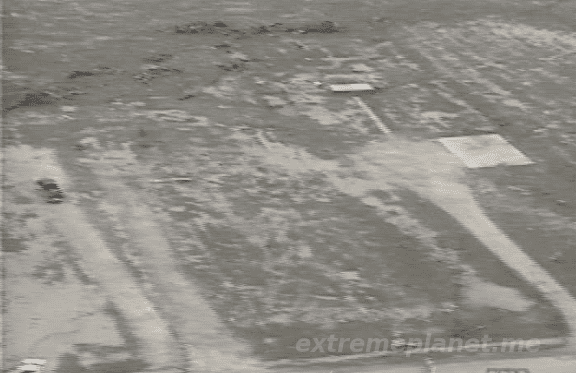 | ||
Highest winds 260 mph (194 km/h)
(at Kelly Air Force Base) Similar 1999 Oklahoma tornado o, 1997 Miami tornado, 1970 Lubbock tornado, Tornado outbreak of April 26, 1953 Waco tornado outbreak | ||
The 1997 Central Texas tornado outbreak was an unusual tornado outbreak in Central Texas which occurred on May 27, 1997. The F5 tornado that struck the town of Jarrell, Texas, killed 27 people out of 410 residents. The tornado was 3/4 of a mile (1.2 km) wide and tracked across the ground for 7.6 miles (12.2 km). Double Creek Estates, a subdivision of Jarrell, was literally wiped off the face of the earth with all 38 homes and several mobile homes destroyed.
Contents
- Meteorological synopsis
- F 5 Jarrell tornado
- F 3 Cedar Park tornado
- F 4 Lake Travis tornado
- Overpass Traffic Jam
- References
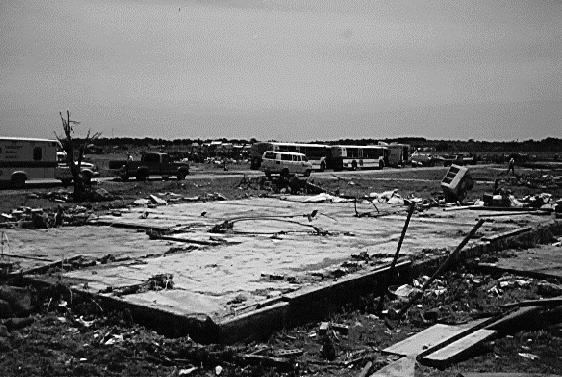
Meteorological synopsis
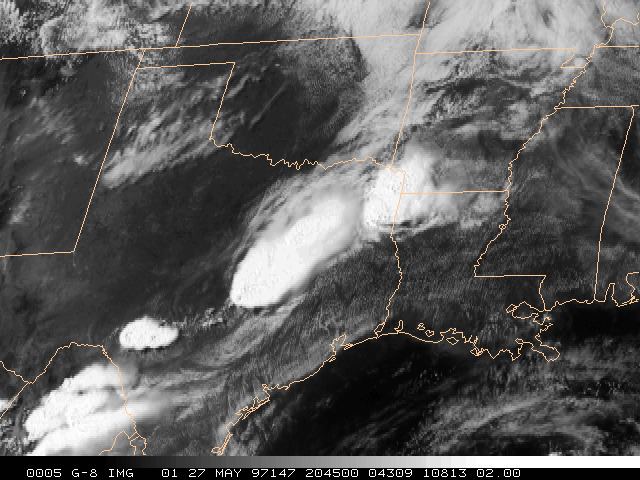
In the early morning hours of May 27, a large mesoscale convective complex developed over Eastern Oklahoma and Western Arkansas. A "gravity wave" or outflow boundary was generated by this system and stalled out over Central Texas. This was oriented from the northeast to the southwest, causing the movement of the supercells later on to be to the southwest, along with most of the tornadoes, which is extremely unusual. Also unusual on this day was the low wind shear and extreme instability.
F-5 Jarrell tornado
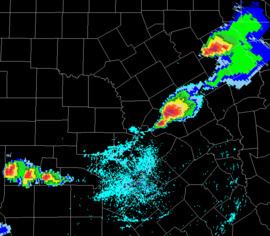
Originally a weak pencil-like tornado near the Bell-Williamson County line, the funnel rapidly intensified into a violent 3/4-mile-wide multi-vortex storm at around 3:45 pm CDT. Its first damage occurred three minutes later at 3:48 pm CDT in the northwestern portion of Jarrell as it struck the Double Creek Estates as a slow-moving wedge tornado, completely destroying the entire subdivision. It moved to the south-west, which is very unusual for tornadoes in North America. It later entered a wooded area before dissipating after damaging numerous trees. The tornado produced some of the most extreme ground scouring ever documented, as the earth at and around the Double Creek estates was scoured out to a depth of 18 in (46 cm), reducing lush fields of grass to wide expanses of mud. When the tornado crossed county roads outside of Jarrell, it tore 500-foot (152 m) lengths of asphalt from the roads. About 40 structures were completely destroyed by the tornado and dozens of vehicles were rendered unrecognizable after being thrown great distances, some more than half a mile. Some of the vehicles were pulverized into many pieces and strewn across fields, and others were simply never found. The vehicles that remained relatively intact were sandblasted and completely caked with mud and grass. A small-steel frame recycling facility was completely obliterated, with nothing left of the structure but the foundation and a few mangled steel beams. Telephone poles in the area were snapped off at the base and splintered, and trees in the area were completely shredded and debarked. Many researchers, after reviewing aerial damage photographs of Double Creek Estates, considered the Jarrell storm to be the most violent tornado, in terms of damage intensity, that they had ever seen. Many of the homes in the tornado's path were well-constructed and bolted to their foundations, but the tornado left only the slab foundations, and there was virtually no debris left throughout most of the area. The debris from the destroyed homes was finely granulated into small fragments, and scattered for long distances across the countryside. Several entire families were killed in the tornado, including all five members of the Igo family and all four members of the Moehring family. The tornado's slow forward movement combined with its extreme intensity were likely the main factors as to why the damage it produced was so remarkably intense. The tornado also picked up large amounts of loose soil as it deeply scoured the ground, producing a sandblasting effect on the houses and their occupants. Only one person was seriously injured and less than a dozen people suffered minor injuries after the tornado, a testament to the small probability of survival in the Double Creek neighborhood.
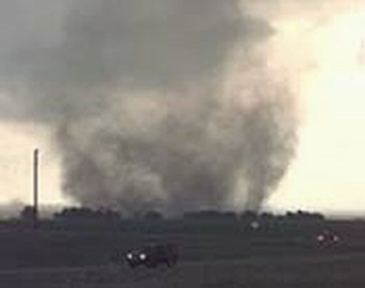
There were 27 human fatalities in the Double Creek subdivision. In addition, about 300 cattle were killed by the storm. It was reported that some of the tornado victims sustained such extreme physical trauma, that recovery teams had difficulty distinguishing human remains from animal remains scattered throughout the area. About 10 minutes prior to the main event, eyewitnesses spotted additional tornadoes north and west of Jarrell.
F-3 Cedar Park tornado
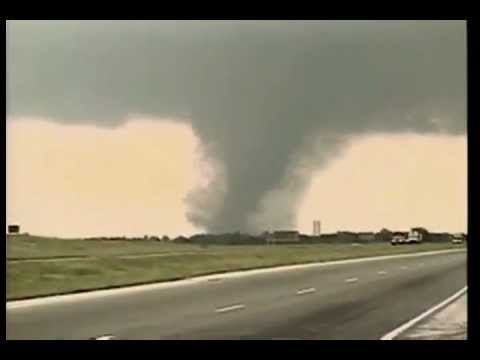
Around the same time as the Jarrell Tornado, another strong tornado formed about 30 miles south in Cedar Park. The tornado formed about 3 miles north of the city causing widespread F-0 and F-1 damage. The tornado continued south until it reached the central business district where it did extensive damage to an Albertson's Supermarket destroying most of the store and severely injuring one person. The managers Larry Fore, Jerry Trigg and Jay Turney put majority of the customers in the walk-in freezers, saving their lives. The tornado then continued south-southwest towards the Buttercup Creek subdivision where the tornado caused damage to 136 homes, all suffering between F-1 to F-3 damage. The tornado caused one indirect fatality, a man that died of a heart attack as he waited out the storm in his truck. The tornado then continued to move more southwest and finally dissipated about 1.1 miles away from the northern shore of Lake Travis. The tornado traveled 9.2 miles and had a maximum width of 250 yards
F-4 Lake Travis tornado
About 45 minutes after the Cedar Park and Jarrell tornadoes, another strong tornado formed on the southern shore of Lake Travis. The tornado rapidly intensified to an F-3 tornado, causing damage to a marina on shore. Then it increased to F-4 intensity, severely damaging a reinforced building containing a telephone switch center and completely destroying a stone house, only leaving the foundation slab behind. The tornado then headed south for a brief period before turning southwest then turning west-southwest, heading towards the Hazy Hills subdivision in the Pedernales Valley in western Travis County. The tornado damaged the subdivision, causing mostly F-3 damage to 45 homes with some of those completely destroyed, showing F-4 damage. This tornado killed one person as he tried to outrun the storm. The tornado then exited the subdivision and dissipated after travelling 5.6 miles with a maximum width of 440 yards.
Overpass Traffic Jam
Numerous vehicles sought shelter underneath various overpasses as the Jarrell tornado formed and strengthened, turning Interstate 35 into a virtual parking lot. Texas Highway Patrol worsened the traffic jam by stopping both northbound and southbound traffic in anticipation of the tornado moving southeastward and crossing the highway. Had the tornado abruptly changed direction, the death toll could have been much higher as nearly five miles of traffic and hundreds of people were trapped on the highway with no route of escape. However, the tornado moved parallel to Interstate 35 for nearly its entire lifespan in a south-southwestward direction, a very rare occurrence.
